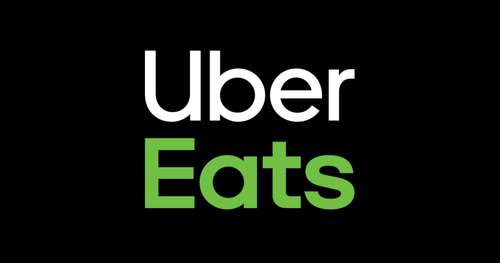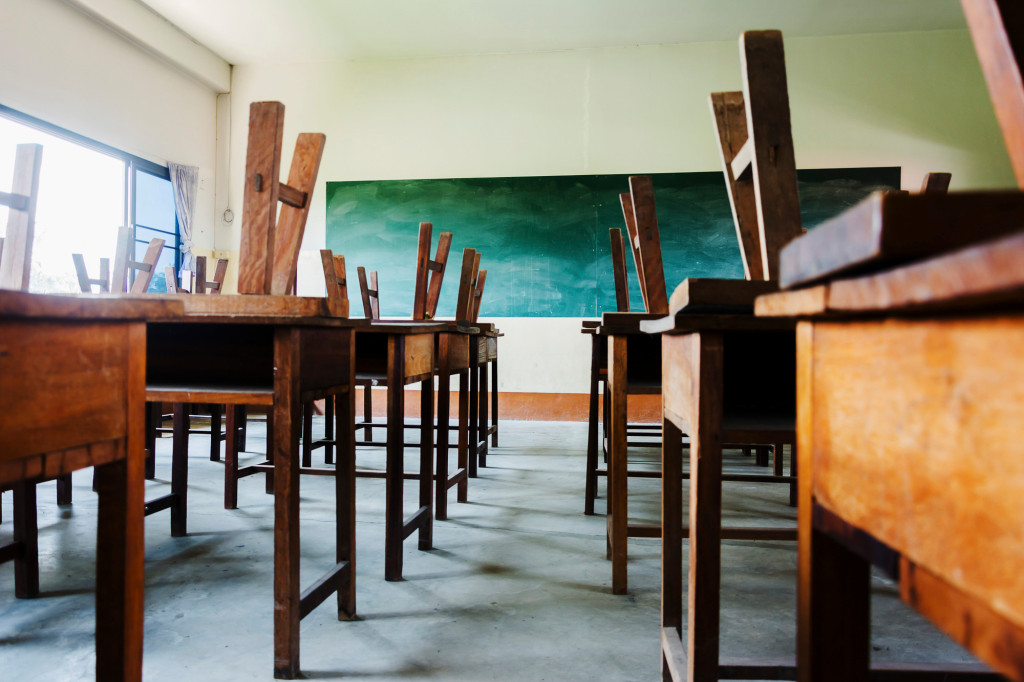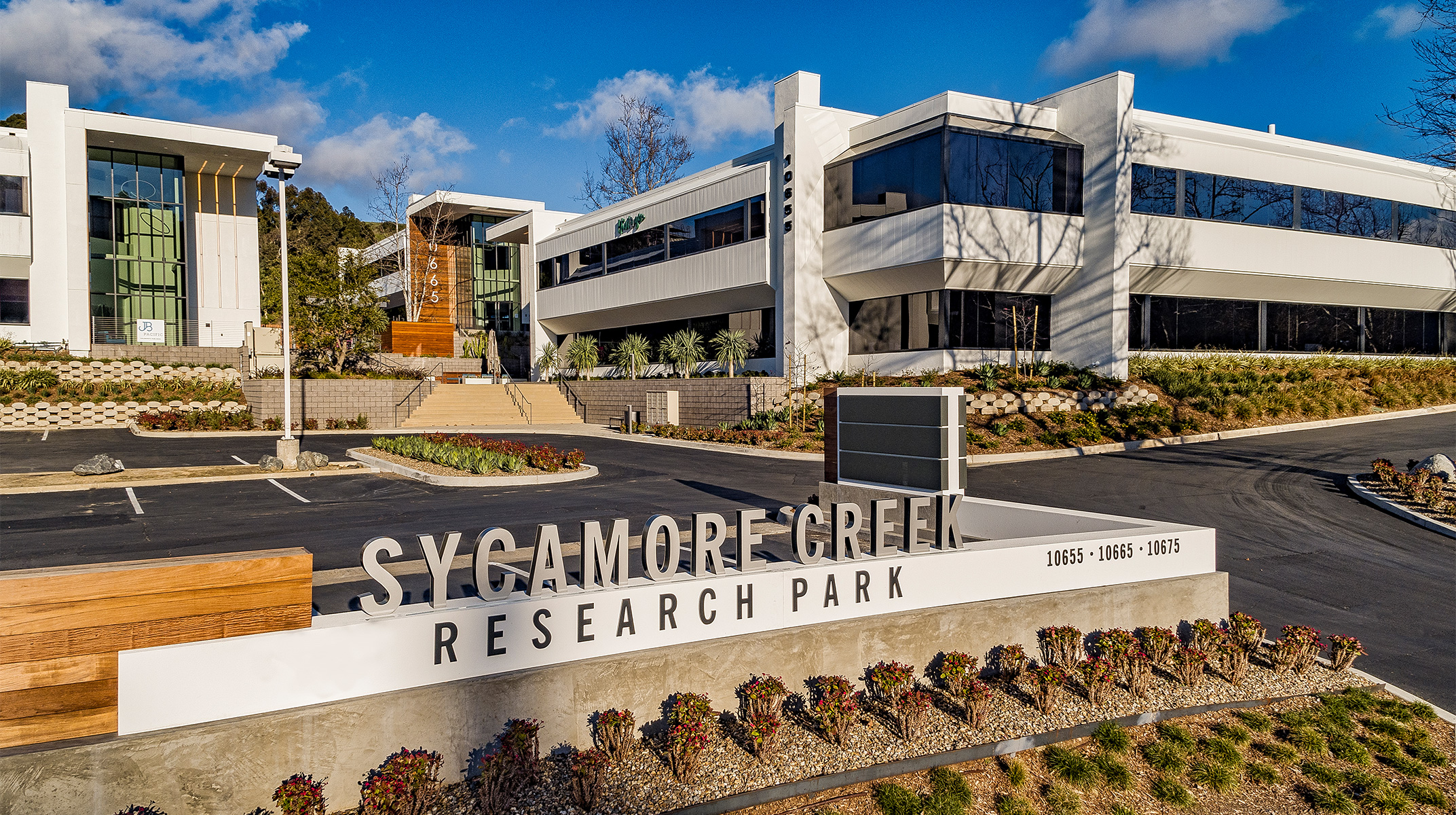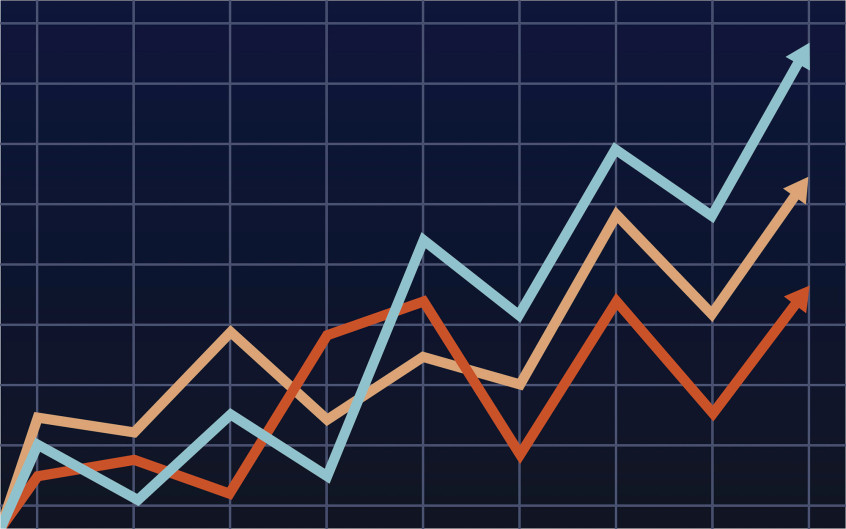Daily Business Report-May 21, 2020
Gov. Gavin Newsom’s administration is proposing budget cuts based on an economic model more dire than those of others. (Illustration via iStock)
Valid assumptions or ‘tacky bluffs’ —
the econ forecast shaping Newsom’s budget
Ten out of ten economists agree: COVID-19 is absolutely lousy for the California economy.
Forecasters across the state have run the numbers and found that — at least in the next three months — overall economic activity will decline and the joblessness rate will remain at an historic high. No Ph.D required to deduce why: Statewide shelter-in-place orders coupled with the reasonable fear of a deadly pathogen have slowed the regular churn of transactions that make up the world’s fifth-largest economy.
But among the state’s prognosticators, no one’s crystal ball has been darker than the governor’s.
Last week, Gov. Gavin Newsom proposed a revised budget for the coming fiscal year that projects a massive gap between the money coming in and the money going out: $54 billion.
The finance wonks within the Newsom administration came to that 12-digit total in part based on an equally dire view of the state’s economic future. According to the state’s Department of Finance, unemployment in California will peak at nearly 25 percent before June. It will then remain above 20 percent for the rest of the year and above the highest unemployment rate of the Great Recession until the spring of 2023, they say.
Those are grim numbers. Much grimmer, in fact, than those projected by other notable economic forecasters in California
Budgetary experts outside the administration offered a mix of explanations. Some said Newsom’s economic forecast simply reflects the uncertainty inherent in trying to predict the future during an unprecedented global crisis.
Others characterized the governor’s projections as “difficult to comprehend,” “preposterous” or an overly-pessimistic “poker bluff” intended to extract more support from the federal government.
______________________________

Uber is ready to acquire Grubhub
By Jennifer Clark | Pro Trader Today
Uber Technologies is trying to make its business viable, grasping at what works and letting go of what doesn’t. Along with many other businesses, Uber has had to redirect its focus to other aspects of its business because of the coronavirus. Thanks to state lockdowns and fewer people using Uber’s ridesharing app, the company needed to focus on something that would bring in revenue during the pandemic.
So, while Uber’s ride volumes were down about 80 percent in April, gross bookings for Uber Eats’ businesses were up 52 percent from a year earlier in the first quarter. And that makes perfect sense. People haven’t been getting in a car and going to eat at a restaurant or grabbing a drink with a friend. They’re sitting at home, told not to leave unless it’s “essential.” So having someone deliver food and drinks from your favorite restaurant became the easy and obvious option.
Uber Eats’ business has been a saving grace for the company’s top line during this pandemic. It should be really thankful that it didn’t solely depend on ridesharing for its revenue. It explains why Uber has been focused on expanding that part of its business… and working to merge with competitor Grubhub since early this year. However, Grubhub’s asking price has made it difficult for that merger to come to fruition.
Those acquisition talks are reportedly happening again. Uber could pay over $60 per share for Grubhub, which would be considered a premium over the $47 price tag shares traded at before these two companies began acquisition talks. During Uber’s third-quarter earnings call last year, CEO Dara Khosrowshahi said, “Our strategy for Eats is simple: invest aggressively into markets where we’re confident we can establish or defend a No.1 or No. 2 position over the next 18 months.” This is why Uber would pay a premium for Grubhub so that it could dominate this market.
______________________________

Remote monitoring platform for COVID-19
patients developed by university engineers
Engineers at the University of California San Diego have developed a remote monitoring platform for patients who have tested positive for COVID-19 but aren’t in need of hospitalization. The system is being tested by patients in a clinical trial at UC San Diego Health. It is intended to help health care teams prioritize more critical patients, while also providing data on which symptoms are most indicative of healing or further progression of COVID-19.
Currently at UC San Diego Health, patients who test positive for the virus but aren’t in need of hospitalization are sent home to recover, with care team members calling patients daily to monitor symptoms and determine whether additional interventions are necessary.
______________________________

School districts may delay fall semester
Emily Hoeven | CalMatters
Most of California is gearing up to reopen, with one notable exception: schools.
The superintendents of six school districts collectively enrolling nearly 1 million students warned Gov. Gavin Newsom and top lawmakersthat their fall reopening would be delayed due to the governor’s proposed $6.5 billion cut to school funding.
- Superintendents of Los Angeles, San Diego, Long Beach, San Francisco, Oakland and Sacramento City Unified school districts in a letter: “Cuts will mean that the reopening of schools will be delayed even after state guidance and clearance from public health officials is given. The notion that schools can continue to operate safely in the fall with a decreased state budget is not realistic.”
The letter highlights what is likely to be a messy, confusing, inconsistent return to school in the fall, with districts starting at different times and with different levels of preparedness. The state said last week school districts can decide for themselves when to reopen for the fall semester, and Newsom suggestedsome schools could reopen as early as July.
______________________________
Nursing simulator research
draws top national prize
An exploration of a virtual simulation tool that may revolutionize nursing education, authored by two San Diego State University leaders and alumni, has earned a Best Graduate Student Paper award from the nation’s top professional organization for educational researchers.
Helina Hoyt, nursing program coordinator at SDSU Imperial Valley, and Sean Hauze, associate director for Instructional Technology Services (ITS), were honored by the American Educational Research Association (AERA) for the paper “Equitable Nursing Education Simulation through Holographic Video: Measuring Student Knowledge, Skill, and Motivation to Learn.” The project stemmed from their collaborative research as students in SDSU’s Joint Ph.D. Program in Education with Claremont Graduate University (CGU).
Read more…
______________________________
State eases rules for reopening
dine-in restaurants
Gov. Gavin Newsom has eased the rules for when counties can reopen restaurants and stores, clearing the way for 53 of 58 California counties to qualify under the new coronavirus standards.
Some eligible counties may not choose to pick up the pace for restarting their economies. But those that do must showthat hospitalizations and new coronavirus infections are holding steady or dropping. They also will need adequate contact tracing, testing capacity, hospital beds and personal protective equipment to cope with any new outbreaks.
Two-dozen counties qualified to accelerate reopening. But officials in Riverside, San Bernardino, San Diego and Orange counties called the rules unrealistic and asked Newsomto meet “to identify strategies for achieving a safe, reasonable, and sustainable reopening of our economy in coordination with the state.”
— CalMatters report
______________________________
National Public Radio receives $4.7 million
grant to create California and Midwest hubs
National Public Radio (NPR) has received a $4.7 million grant from philanthropists Eric and Wendy Schmidt to the Collaborative Journalism Network to create two new regional newsrooms—one in California and a Midwest hub connecting member stations in Missouri, Kansas, Iowa and Nebraska—that will increase local coverage across the states, especially in underserved communities, and will expand investigative reporting capacity.
The California regional newsroom was announced in February with the hiring of managing editor Joanne Griffith. The public radio collaboration will be led by KQED in San Francisco and includes anchor stations KPBS in San Diego, CapRadio in Sacramento, KPCC/LAist and KCRW in Southern California, and NPR as the statewide newsroom’s national partner. The California newsroom will serve all 17 public radio stations across the state that broadcast in 50 cities.
______________________________

DTx Pharma subleases space
at Longfellow’s SOVA South Project
DTx Pharma, a San Diego-based biotech company that specializes in RNA medicines, has subleased 14,123 square feet of life science lab space at SOVA Science District South at 10655 Sorrento Valley Road in San Diego.
SOVA Science District is a 400,000-square-foot modern tech and life sciences campus, owned by Longfellow, a life sciences and technology real estate development and investment company.
“We believe this new space provides the foundation DTx needs to cultivate our culture, expand our team, and build our platform to solve the drug delivery challenges of RNA-based medicines,” said Arthur Suckow, co-founder, CEO and CSO of DTx Pharma.
Kidder Mathews commercial real estate brokers, John Hundley and Jon Engle, represented DTx Pharma in the transaction.
______________________________
Commentary:
California population may be peaking
By Dan Walters |CalMatters Columnist
When California, with 17 million residents, surpassed New York to become the nation’s most populous state in 1962, it was a cause for celebration.
The state had boomed during World War II and the postwar era, nearly tripling its population in just one generation. By the 1960s, it was well on its way to becoming a global economic powerhouse.
With the COVID-19 pandemic raging, a new state population report issued on May 1 didn’t get much media attention. But it underscored an important trend: California may be hitting its population peak and could start seeing a decline in the not-too-distant future.
The state Department of Finance calculated that California’s population growth — which had been as high as 600,000 a year in the 1980s — dropped to a net of 87,984 or 0.02% in 2019, leaving California just shy of 40 million people.
Why? Two reasons.
The first is that California’s production of babies has been declining while the number of people dying has been increasing.
The second is that the number of people leaving California for other states has been far higher than those who move here, while foreign immigration also has been waning.


